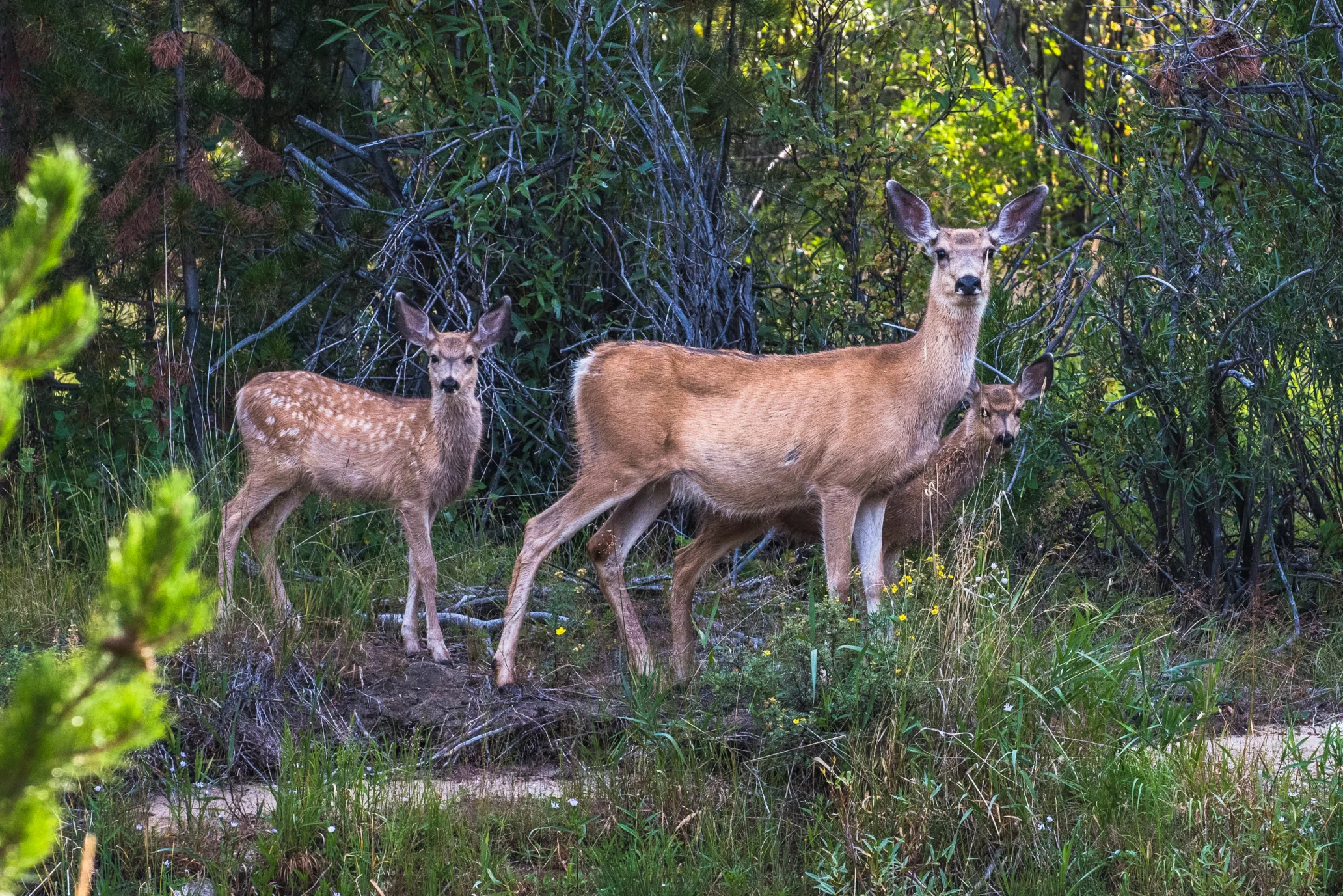Safe migration routes for Western wildlife
If you’ve seen a grizzly bear in a movie like Legends of the Fall, chances are you’ve seen the work of Vital Ground Foundation, an organization that protects the very land that wild grizzly bears need to survive.

What grizzlies need more than anything is room to roam. The U.S. Fish and Wildlife Service has established six grizzly bear recovery zones in Washington, Montana, Idaho and Wyoming. Vital Ground conserves land for wild grizzlies in those recovery zones, including the land corridors that connect their habitats.
Animal trainers Doug and Lynne Seus founded the accredited land trust to honor Bart, a Kodiak grizzly who became one of their biggest stars. Over 32 years, Vital Ground has used conservation easements, land purchases and strategic partnerships to connect, protect and enhance more than 620,000 acres of grizzly habitat.
Like grizzly bears, which may range over many miles to find food, pronghorn need a great deal of space to travel. The unique Western animal was once threatened with extinction from hunting and the fragmentation of their landscape.
But in recent years, the accredited Jackson Hole Land Trust, Green River Valley Land Trust and other conservation groups have partnered on a successful Path of the Pronghorn campaign to protect the iconic antelope-like animal, which undertakes one of the longest migrations of North American land animals.
The Path of the Pronghorn is a migration corridor for 300-400 pronghorn that summer in Grand Teton National Park and winter in Sublette County, Wyoming. Now over 200 miles long, the route was the first federally recognized wildlife migration corridor in the U.S.
GRVLT and Jackson Hole Land Trust recognized the imminent threat of the loss of historic family ranches, rangelands and wildlife habitat, and put great effort into protecting local land with conservation easements and building wildlife-friendly fencing that won’t block the migration.
For pronghorns and other far-roaming species like elk and moose, these protected wild lands ensure their very survival – as well as the safety of humans now better protected from traffic collisions with the fast-moving animals.